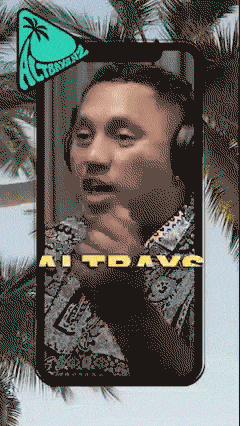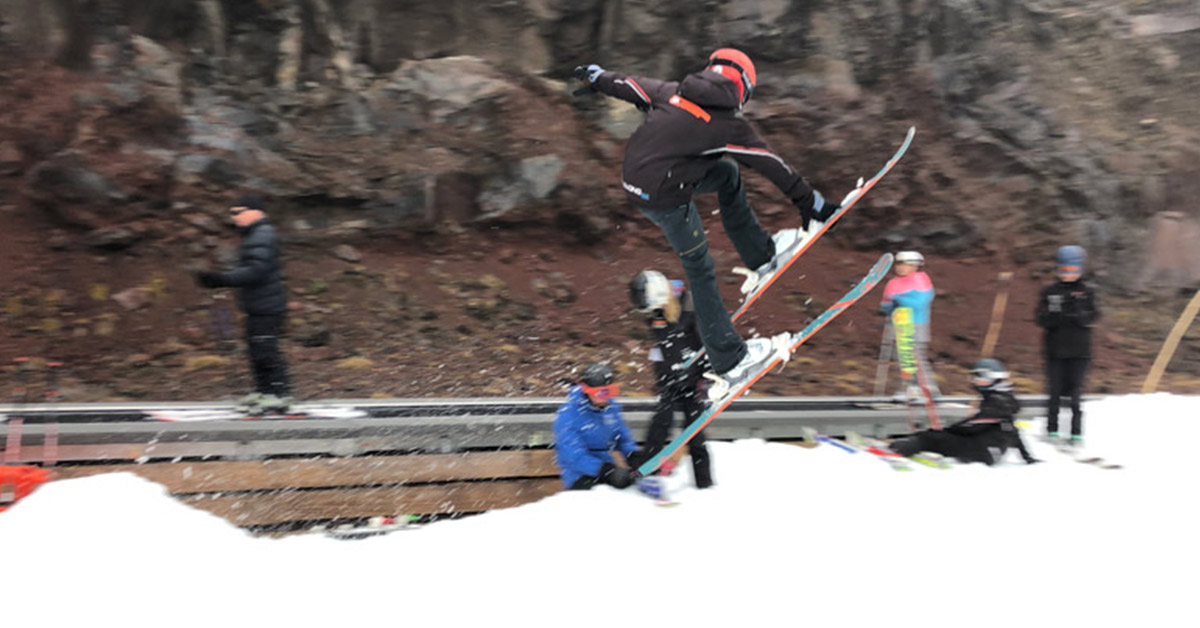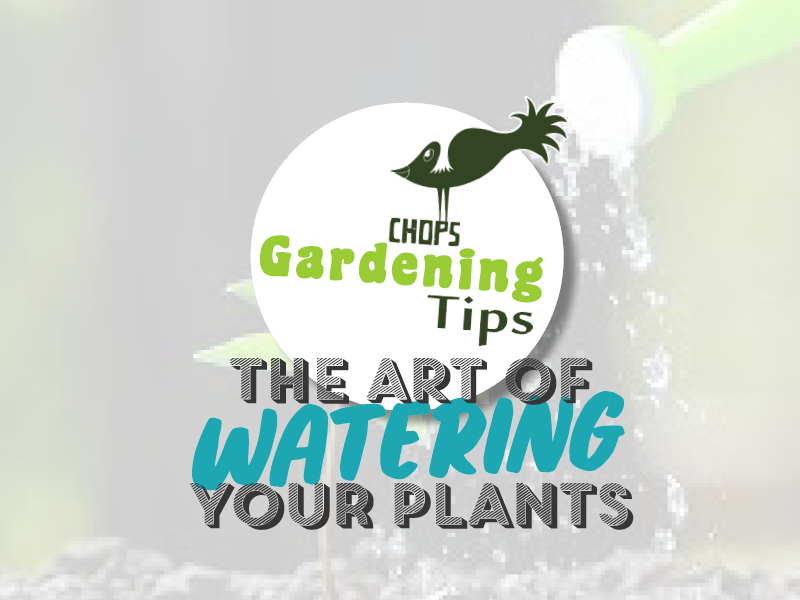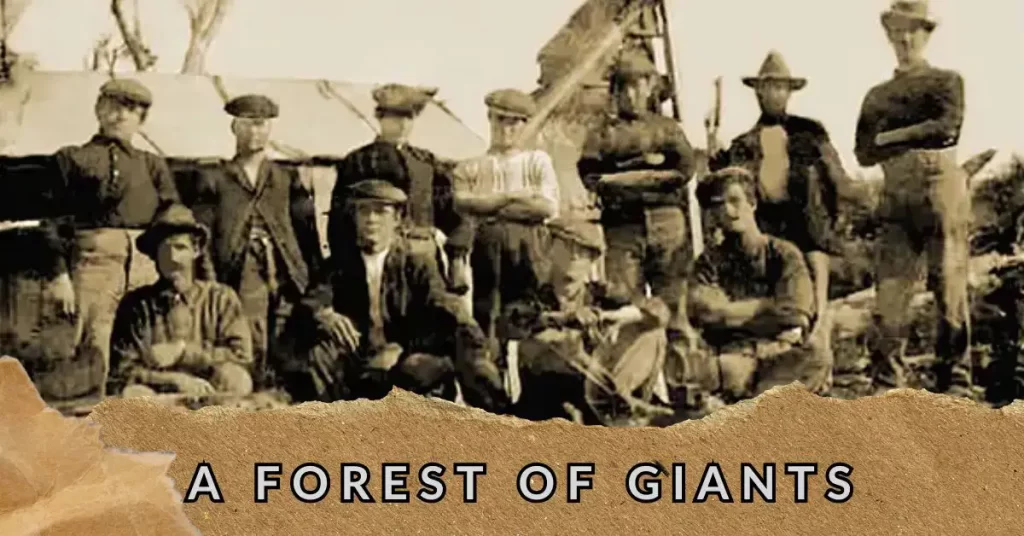
A Thames Museum Te Whare Taonga o te Kauaeranga series for Coromind
Kauri are among the largest and longest living trees in the world with two ancient giants, Tanenui and Tairua, recorded on the Coromandel Peninsula in 1986. (Ref: Te Ara, teara.govt.nz.) The Kauaeranga Valley was once filled with magnificent kauri trees, but with the arrival of the European settlers thousands of massive trees were felled, and by 1928 most of the kauri had been logged.
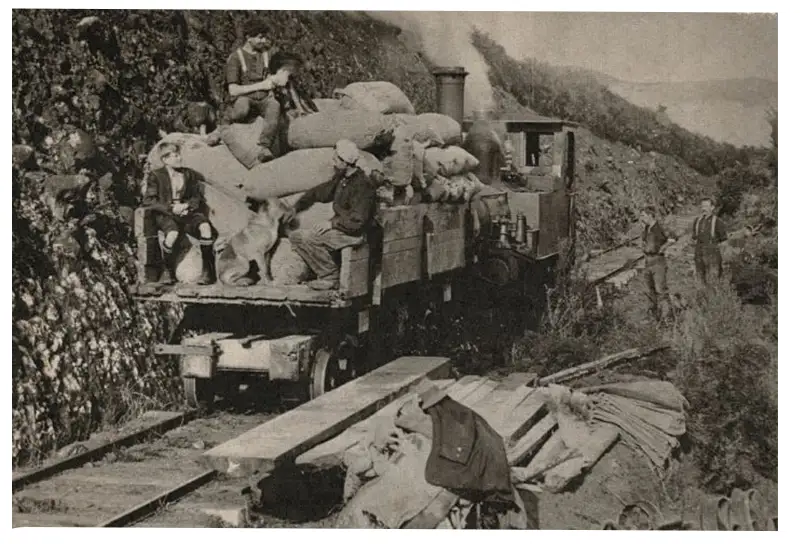
The bushlands were also developed into farms, causing a dramatic change to the landscape. During the late 1700s, British vessels were sent to New Zealand to obtain spars for sailing ships, and from the 1870s the area was logged extensively. (Much of the timber used in the reconstruction of San Francisco, after the 1905 earthquake and fire, was kauri imported from New Zealand.)
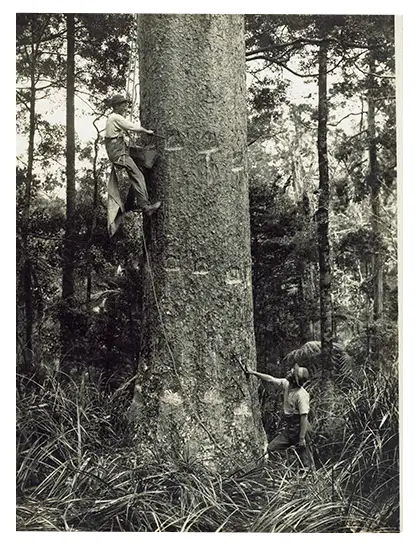
The kauri was much valued by Māori, and was used for making waka canoes, and was also valued for its fossil resin.
Māori were the first gum diggers on the swamps and river flats of Hauraki.
They called the much-valued taonga kapia, and used it for fire starting, torches, and for medicinal purposes, and when burnt and mixed with animal fat it made a dark pigment for tattooing.
The colours of the gum range from chalky white through to red-brown and black; the most sought after being the golden colours. Kauri gum is translucent, making it ideal for jewellery and keep-sakes.
With the arrival of the Europeans, gum digging became a popular occupation for the unskilled and semi-skilled settlers. It was extremely hard work and not well paid, but it attracted men, women and children along with Māori, who toiled in the harsh environment. The gum they collected supplied the market with much-needed resin that was used in the manufacture of varnish, marine glue, paint and linoleum. By the 1890s, 70% of all oil varnishes made in England used kauri resin.
From the 1930s, the market for gum dropped due to synthetic alternatives; however, it remained a niche industry for jewellery, and the production of high-grade varnish for violins.
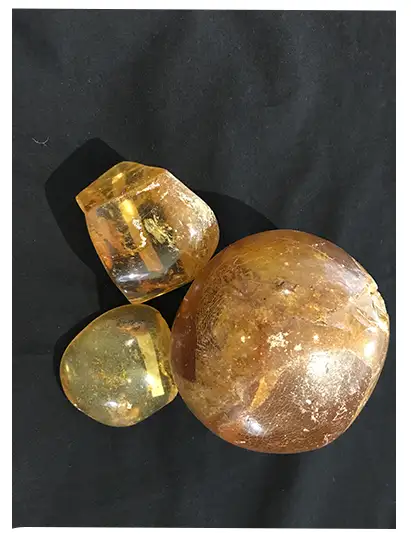
The Dalmations had the greatest presence on the gum fields.
They came from the states of Dalmatia, Macedonia, Bosnia, Herzegovina, Croatia, Slovenia, Serbia and Montenegro.
One such pioneer was Simun Devcich, a first-generation migrant from Dalmatia, who came to New Zealand in 1902 at the age of 17 and commenced work on the gum fields of the Coromandel Peninsula.
In 1912, Simun married Matija Merĉep, who had arrived in New Zealand from her home country of Croatia.
In 1920, Simun, along with his brothers Marion Anton and Nicola, bought a rough bush farm at the head of the Kauaeranga Valley and in time produced one of the most fertile and productive farms in the valley.
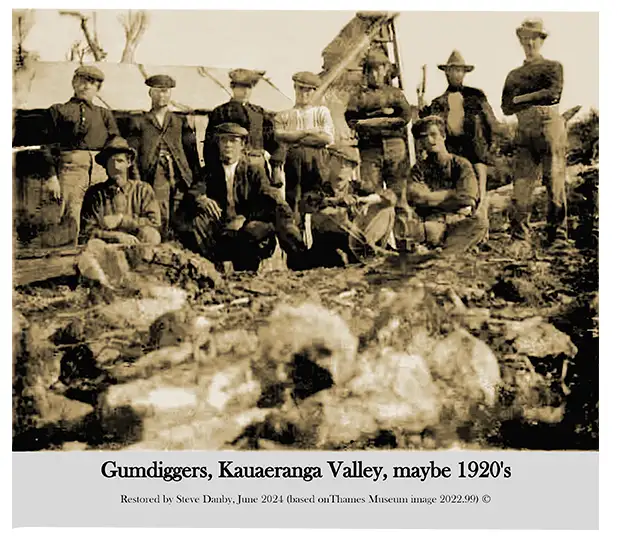
During the depression years of 1929 – 1935, Mr and Mrs Devcich ran a country store, a kauri gum business and a pack-horse team of thirteen horses, the latter to supply the bush camps in the upper Kauaeranga Valley.
One such gum diggers’ bush camp was Dancing Camp which was situated in the Kauaeranga Valley near the Pinnacles.
It was thought to be occupied between about 1900 and 1931. It acquired the name Dancing Camp, due to the folk dancing that was performed by the diggers as a form of recreation and social interaction.
Subsequent mass planting efforts by the late Barry Brickell and friends on the Driving Creek land, and also by Kauri 2000 volunteers, have helped restore kauri to the Coromandel Peninsula.
The kauri industry is part of the fabric and social history of the Kauaeranga Valley. The history of its demise provides us with an opportunity to learn from others, consciously take care of our natural resources, and ensure the sustainable use of ecosystems.
References: Hauraki Coromandel Region, Te Ara, www.teara.govt.nz; Northland’s Buried Treasure, New Zealand Geographic, www.nzgeo.com (by Joanne McNeill); The Treasury, www.thetreasury.org.nz, (by David Wilton); Department of Conservation Te Papa Atawhai, www.doc.govt.nz; Devcich Historic Farmstead, www.devcichhistoricfarmstead.com; Historic Kauri Driving Dams, Department of Conservation Te Papa Atawhai, www.doc.govt.nz
Words by Robyn Pearce, volunteer, Thames Museum Te Whare Taonga o te Kauaeranga
Coromind: Coromandel’s Collaborative Magazine

Help us take Coromind Magazine to new heights by becoming a member. Click here
Change the Weather for Your Business: Advertise with Us.
Advertise your business in the whole Hauraki Coromandel in the coolest Coromandel Art Magazine, from Waihi Beach/Paeroa /Thames up to the Great Barrier Island.
Advertise Smarter, Not Harder: Get in Touch


